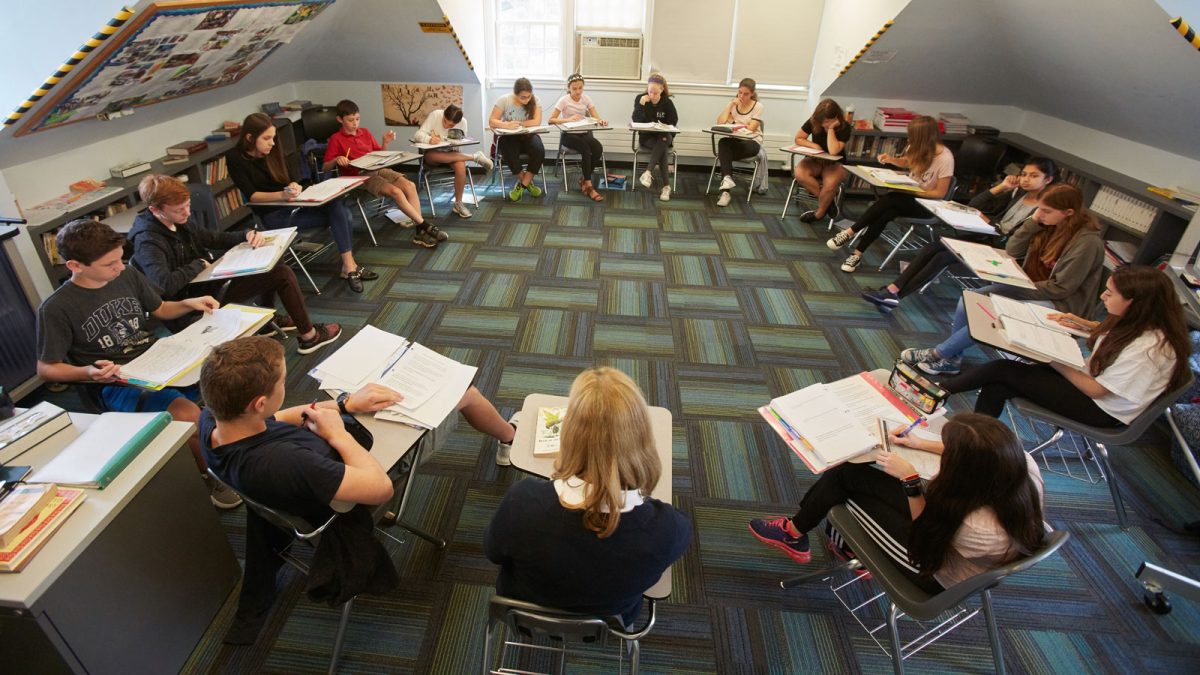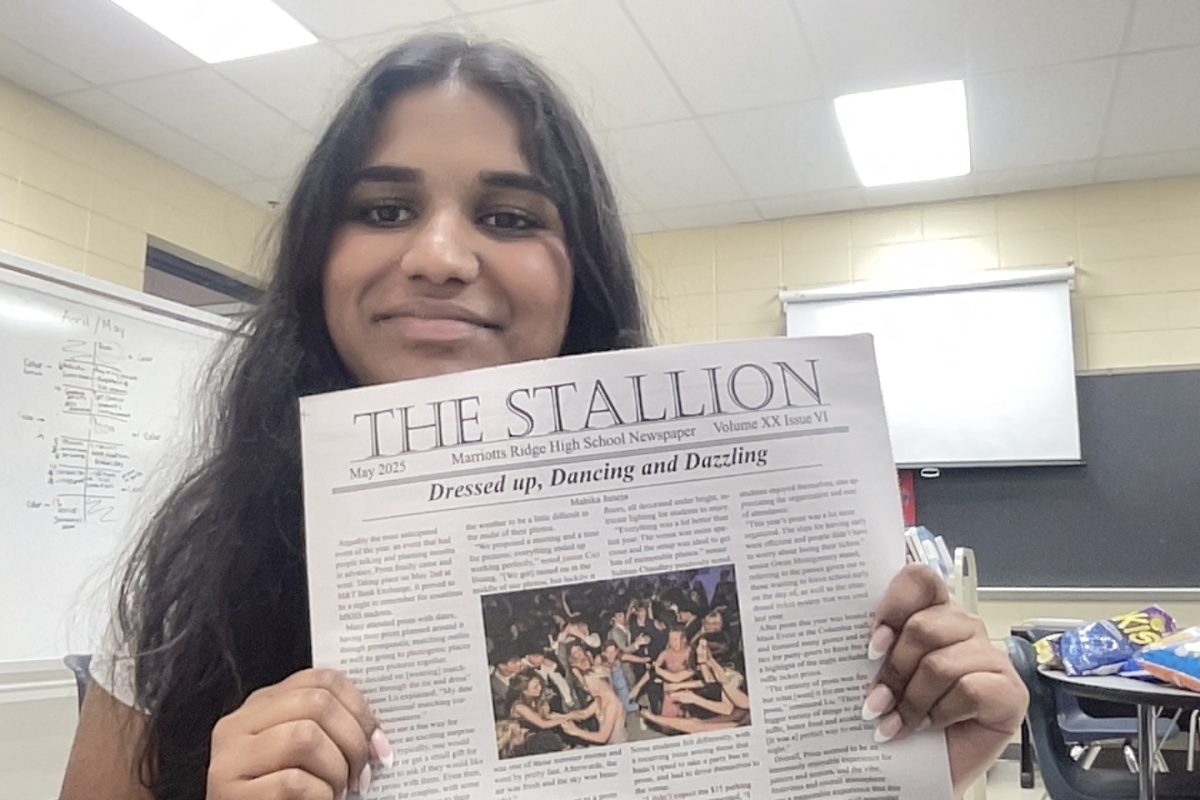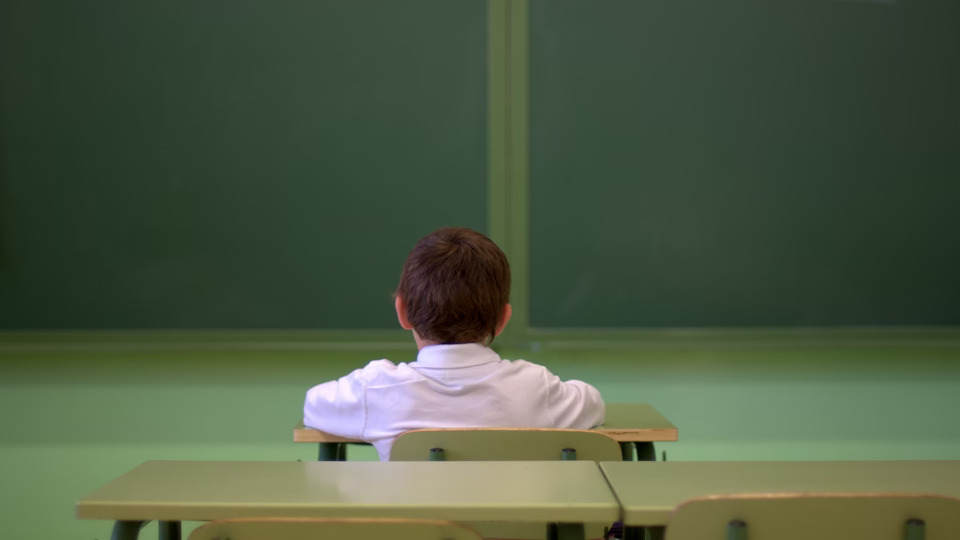I first moved to Howard County in the third grade after a series of moves took me across schools all over the United States, and foremost among a variety of pull factors was the renowned public education system. I have friends at MRHS from backgrounds all across the country, and a high percentage of first-generation students indicate that Howard County is an immensely desirable environment to raise successful children. While I am certainly grateful for the high level of education I have received in my time in Howard County at nationally ranked K-12 programming, I do believe there to be missed opportunities for students with a more vested interest in the humanities.
Beginning as early as elementary school, a significant discrepancy between the gifted and talented (GT) programming of math and English formed. While GT Math students enjoyed a pace that far exceeded their grade level and moved into math years beyond their current placement, the difference between GT English and its on-grade counterpart was far more subdued. Students in this program enjoyed a faster pace sure, but the vocabulary learned, books read and subject matter discussed rarely exceeded that of the on-grade class. This trend continued into middle school, where the gap widened even further into high school. Students seeking high-level math coursework are offered a myriad of choices on multiple levels; whereas, English is offered at lesser abundance but with similar structure. These classes are not representative of their respective fields of study, but they demonstrate a noticeable discrepancy in education, and I’m not the only one who took notice of this trend. Apparent to me and many other students has been a subtle bias pushing students towards more science, technology, engineering and math (STEM) coursework at a much faster rate than humanities.
When surveyed on whether or not they felt a relevant bias toward the coursework presented to them, MRHS students responding to a Canvas poll gave mixed results. Forty-five percent of students claimed that they felt a present bias, but far more interesting was that when asked which courses were offered at a greater rate, just under eighty-five percent of students claimed that humanities were underrepresented in Howard County. While I believe this discrepancy to be multifaceted and complex in nature, it is undeniable that a significant amount of students are being influenced into career paths that they might not be truly passionate about. And this is no surprise, as I’m sure we’ve all at some point in our lives heard that a focus on STEM is a far more viable outlet for intelligent minds to achieve success and renown past the collegiate environment. Schools miss the opportunity to show students the amazing and diverse things they can do with communications, writing and psychology while ushering them towards what makes more money, further feeding into this deep societal stigma against the humanities as inferior to sciences.
I was told countless times growing up that being a writer couldn’t make me money even though it was my passion as a young boy, and for that reason, I, like many students, forced myself into engineering coursework because I thought that’s where I had to go to make a living. And I’m not alone in this; as sixty percent of students polled cited salary as one of the most important qualities in a future career. Just how many truly great writers, psychologists, actors, musicians and artists has the world missed out on simply because society pushes children to mold their career goals around a salary rather than finding a job description molded around their passions? Real life is not so black and white, and while engineering and sciences are highly important and respectable careers with high salaries, jobs in humanities are highly malleable. According to Huntington News, STEM majors make an average of ten to thirty thousand dollars a year more than humanities, but “humanities majors close this pay gap over time” citing that this is partially because of the “versatile nature graduates who didn’t study the highly specific fields of engineering and the sciences have.”
All of this is not to say that STEM should be de-emphasized in the realm of public schooling, but rather to say that humanities should be elevated past the second-rate status they’ve been relegated to as a way to fill space in a schedule with six credits. While this is absolutely reflective of a greater societal issue, repairing the perception of humanities as a career begins in the formative years of early education by ensuring that children of all ages can pursue their interests and passions without the looming influence of a perceived salary cap. Let it be known that whatever a student’s individual interests may be, they can undoubtedly find success, happiness and a greater purpose.
Categories:
Humanities Courses at MRHS
More to Discover
About the Contributor

Noah Journo, Staff Writer
My name is Noah Journo, and I’m a senior in my second year of journalism. I participate in track and field as a runner and a thrower, play cello in the orchestra, and participate in Tri M and Key Club. When I’m not at school, I love playing guitar or listening to music. I can’t wait to return to writing this year.








